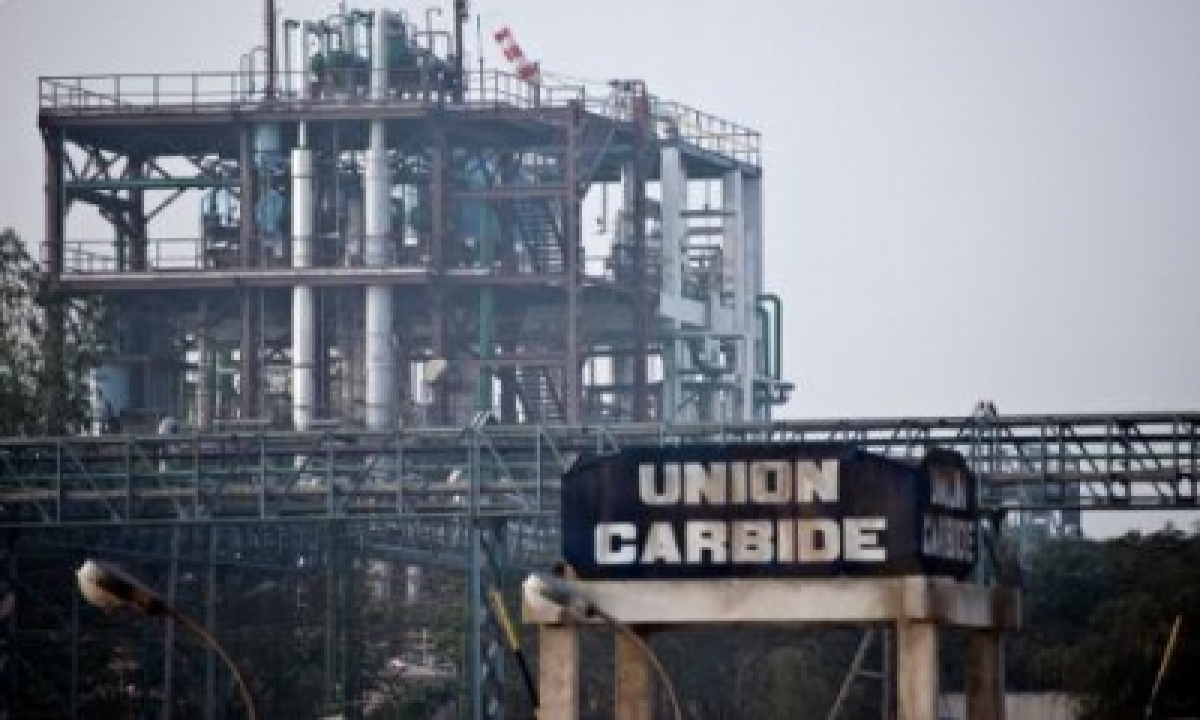In October, the government told the Supreme Court that it is “keen to pursue” a petition for additional compensation in the Bhopal Gas Tragedy case, saying it “cannot abandon” the people. What is the case about, and what does the petition demand?

On the night of December 2, 1984, one of the biggest industrial disasters to ever take place began unfolding in Bhopal, Madhya Pradesh. Harmful Methyl isocyanate (MIC) gas started leaking from a nearby Union Carbide pesticide plant, eventually resulting in the Bhopal Gas tragedy, where an estimated 3,000 people died within the first few days. Over time, similarly horrifying numbers of those who suffered life-long health issues would become known.
For the first time in India, the case led to a focus on the need for protecting people and the environment from industrial accidents, with new laws introduced by the government afterwards. But those who suffered the effects firsthand have continued insisting that the company at the centre of it all – Union Carbide, now a part of Dow Jones – has not fulfilled its responsibility in terms of providing just compensation.
Around 19 years after compensation was agreed upon, the Indian government filed a curative petition in 2010 to seek additional compensation from Dow, of more than ten times the amount it gave in 1989. Last month, the government told the Supreme Court that it is “keen to pursue” it, saying it “cannot abandon” the people.
The night of December 2, 1984
Union Carbide (India) Ltd. (UCIL) was a subsidiary of the Union Carbide Corporation (UCC), a US corporation. The UCIL pesticide manufacturing factory was located on the outskirts of Bhopal. On December 2, highly toxic MIC gas escaped the plant. People living in nearby areas reported a burning sensation in their eyes and difficulties in breathing, with many also losing consciousness.
Its effects were such that apart from killing thousands of people in a short span of time, it led to disease and other long-term problems for many who inhaled the gas. The scale of environmental pollution also became clearer only later. For example, the sources of water around the factory were deemed unfit for consumption and many handpumps were sealed. To date, the reproductive health of many of Bhopal’s women has been affected, and children born to those exposed to the gas have faced congenital health problems.

